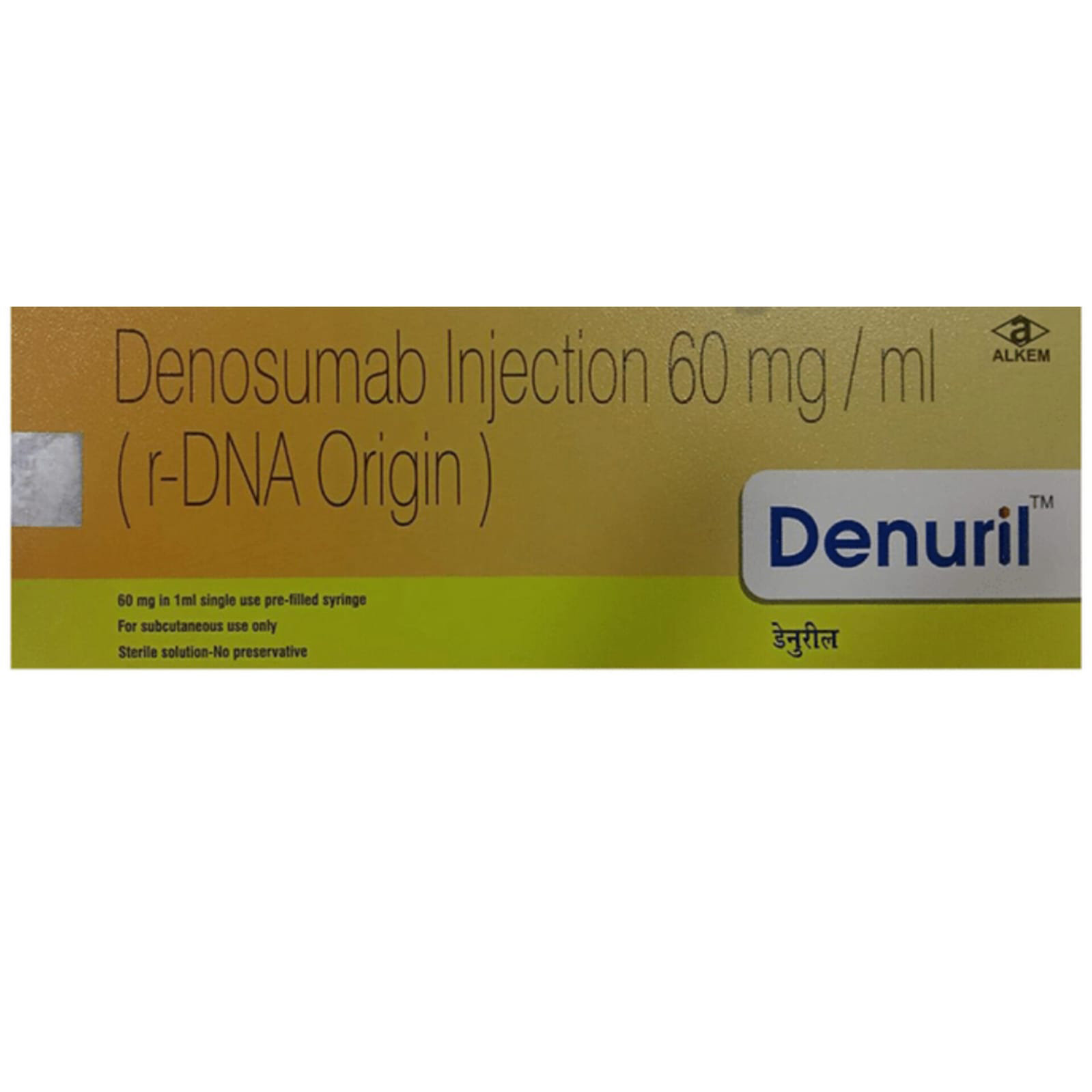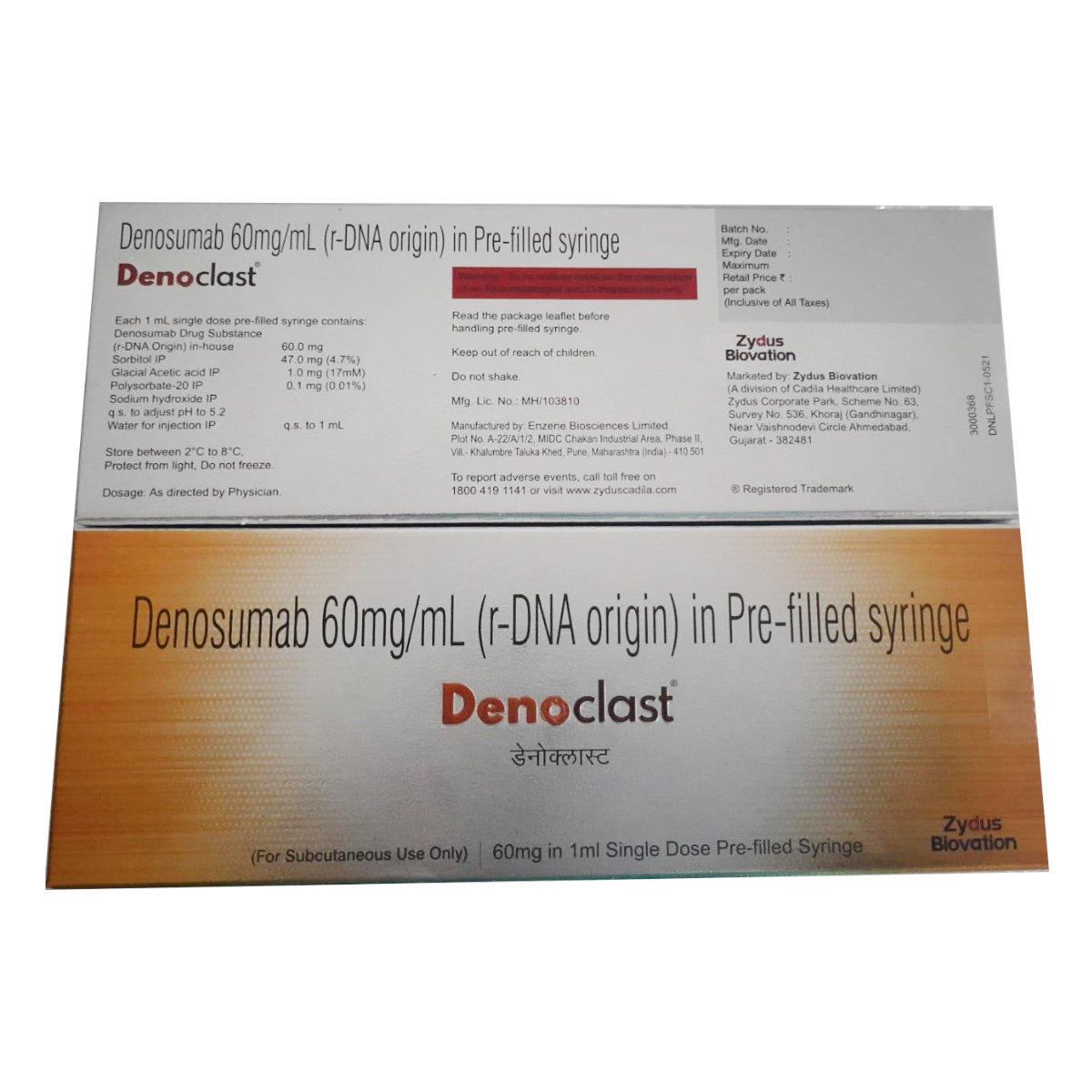Esentra Injection
MRP ₹20000
(Inclusive of all Taxes)
₹3000.0 Cashback (15%)
know your delivery time
Provide Delivery Location
Composition :
Manufacturer/Marketer :
Consume Type :
Expires on or after :
Return Policy :

Secure Payment

Trusted by 8 Crore Indians

Genuine Products
Therapeutic Class
Country of origin
Manufacturer/Marketer address
Author Details
We provide you with authentic, trustworthy and relevant information
Disclaimer
Alcohol
Safe if prescribed
It is not known if alcohol interacts with Esentra Injection, so please consult a doctor.
Pregnancy
Consult your doctor
Esentra Injection is not recommended during pregnancy as it might cause foetal harm. If you are a woman of child-bearing potential, use effective contraception during the treatment with Esentra Injection and for 5 months after discontinuation. Inform your doctor if you are pregnant, think you are pregnant or planning for pregnancy.
Breast Feeding
Consult your doctor
Consult your doctor if you are breastfeeding; your doctor will decide if breastfeeding mothers can take Esentra Injection or not.
Driving
Safe if prescribed
Esentra Injection generally does not affect your ability to drive. However, drive or operate machinery only if you are alert.
Liver
Consult your doctor
Please consult your doctor if you have a liver impairment or any concerns regarding this.
Kidney
Consult your doctor
Please consult your doctor if you have kidney impairment or any concerns regarding this.
Children
Safe if prescribed
Esentra Injection is not recommended for children below 18 years as safety and effectiveness were not established.
Keep Refrigerated. Do not freeze.Prepaid payment required.
About Esentra Injection
Esentra Injection belongs to a group of medicines called RANK ligand inhibitors used to treat osteoporosis in postmenopausal women and men who have an increased risk of fracture. Esentra Injection is also used to treat bone loss due to reduced testosterone level caused by surgery, due to the treatment with medicines such as glucocorticoids and in patients with prostate cancer. Esentra Injection may also be used to reduce the risk of fractures in people with multiple myeloma, giant cell tumour of the bone, and to treat high calcium levels caused due to cancer.
Esentra Injection contains ‘denosumab’, which works by blocking a receptor in the body that causes bone loss, thereby treats bone loss. Esentra Injection treats giant cell tumour of bone (GCTB) by blocking certain receptors in the tumour cells, thereby slowing the tumour growth. Esentra Injection helps treat high calcium levels by decreasing bone breakdown as a breakdown of the bones releases calcium. Esentra Injection makes the bones stronger and less likely to break.
Esentra Injection will be administered by a healthcare professional; do not self-administer. In some cases, you may experience common side-effects such as bone/joint/muscle pain, arm/leg pain, abdominal discomfort, constipation, and painful/frequent urination. You are advised to talk to your doctor if the side effects persist or worsen.
Esentra Injection might cause osteonecrosis of the jaw; therefore, maintain good dental hygiene and receive regular dental check-ups whilst on treatment with Esentra Injection. Avoid taking Esentra Injection if you are pregnant. Consult your doctor before taking Esentra Injection if you are breastfeeding. Esentra Injection is not recommended for children below 18 years as safety and effectiveness have not been established. Keep your doctor informed about your health condition and medicines to rule out any interactions.
Uses of Esentra Injection
Medicinal Benefits Mweb
Key Benefits
Esentra Injection belongs to a group of medicines called RANK ligand inhibitors used to treat osteoporosis in postmenopausal women and men who have an increased risk of fracture. Esentra Injection is also used to treat bone loss due to reduced hormone levels caused by surgery or due to treatment with medicines in patients with prostate cancer. It is also used to treat bone loss occurring due to long-term treatment with glucocorticoids in patients who are at an increased risk of fractures. Esentra Injection may also be used to reduce the risk of fractures in people with multiple myeloma, giant cell tumours of the bone and to treat high calcium levels caused due to cancer. Esentra Injection binds to a protein on RANK ligand on osteoclast (cells that cause bone breakdown) and inhibits their formation, functioning and survival. Thereby decreases bone breakdown, increases bone density, and strengthens the bone. Esentra Injection treats giant cell tumour of bone (GCTB) by blocking certain receptors in the tumour cells, thereby slows the tumour growth. Esentra Injection helps treat high calcium levels by decreasing bone breakdown as the breakdown of the bones releases calcium. Esentra Injection makes the bones stronger and less likely to break.
Directions for Use
Side Effects of Esentra Injection
- Bone/joint/muscle pain
- Pain in extremities (arm/leg pain)
- Abdominal discomfort
- Constipation
- Painful/frequent urination
- Upper respiratory tract infection
- Rash
- Eczema
- Hair loss
Drug Warnings
Do not take Esentra Injection if you are allergic to any of its components; if you have hypocalcaemia (low levels of calcium in the blood). Inform your doctor if you have low levels of calcium, kidney dysfunction, liver problems, poor dental health, gum problems, weak immune system, hypoparathyroidism (decreased function of the parathyroid gland), malabsorption, latex allergy, undergone thyroid surgery, planned dental procedure, if you are taking glucocorticoids, or cannot take calcium and vitamin D supplements. Avoid taking Esentra Injection if you are pregnant. Consult your doctor if you are breastfeeding. Esentra Injection is not recommended for children below 18 years as safety and effectiveness have not been established.
Drug-Drug Interactions
Drug-Drug Interactions
Login/Sign Up
Using Esentra Injection together with etelcalcetide may significantly decrease the calcium levels in your blood.
How to manage the interaction:
Taking Esentra Injection with Etelcalcetide together can possibly result in an interaction, but it can be taken if your doctor has advised it. "When taking Esentra Injection with medications like cinacalcet and etelcalcetide, it's important to be cautious and regularly check your blood calcium levels. If you notice any symptoms like low blood calcium, numbness, tingling around your mouth, irritability, or feeling down, make sure to contact your doctor right away." Do not stop using any medications without first talking to your doctor.
Using cladribine together with Esentra Injection may increase the risk of infections.
How to manage the interaction:
Although there is a possible interaction between Esentra Injection and Cladribine, you can take these medicines together if prescribed by your doctor. If you have any of the symptoms like infection, fever, chills, diarrhea, sore throat, muscle aches, difficulty breathing, and pain or burning when you urinate, consult a doctor. Do not stop using any medications without a doctor's advice.
Drug-Food Interactions
Drug-Food Interactions
Login/Sign Up
Drug-Diseases Interactions
Drug-Diseases Interactions
Login/Sign Up
Drug-Drug Interactions Checker List
- PALBOCICLIB
Habit Forming
Special Advise
- If you are a woman of child-bearing potential, use effective contraception during the treatment with Esentra Injection and for 5 months after discontinuation.
- Your doctor might prescribe calcium and vitamin D supplements whilst on treatment with Esentra Injection.
Diet & Lifestyle Advise
- Include dairy products like milk, yoghurt, cheese, or milk-based custard in your diet.
- Eat daily a serving of broccoli, cabbage, bok choy (Chinese white cabbage), spinach, and other green leafy vegetables.
- Snack on calcium-rich nuts like Brazil nuts or almonds.
- Sprinkle sesame seeds over your food, vegetables, and salads. Sesame seeds are high in calcium.
- Avoid or reduce the intake of caffeine, soft drinks, and alcohol as they may inhibit calcium absorption.
- Replace the meat with tofu or tempeh for extra calcium in your food.
All Substitutes & Brand Comparisons
RX
Denuril 60 mg Injection 1's
Alkem Laboratories Ltd
₹8085.5
(₹6630.1 per unit)
59% CHEAPERRX
Denub 60 mg Injection 1 ml
Alkem Laboratories Ltd
₹8085.5
(₹6630.1/ 1ml)
59% CHEAPERRX
Denu 60 mg Injection 1 ml
Alkem Laboratories Ltd
₹8085.5
(₹7277.0/ 1ml)
55% CHEAPER


_0.jpg?tr=q-85)







